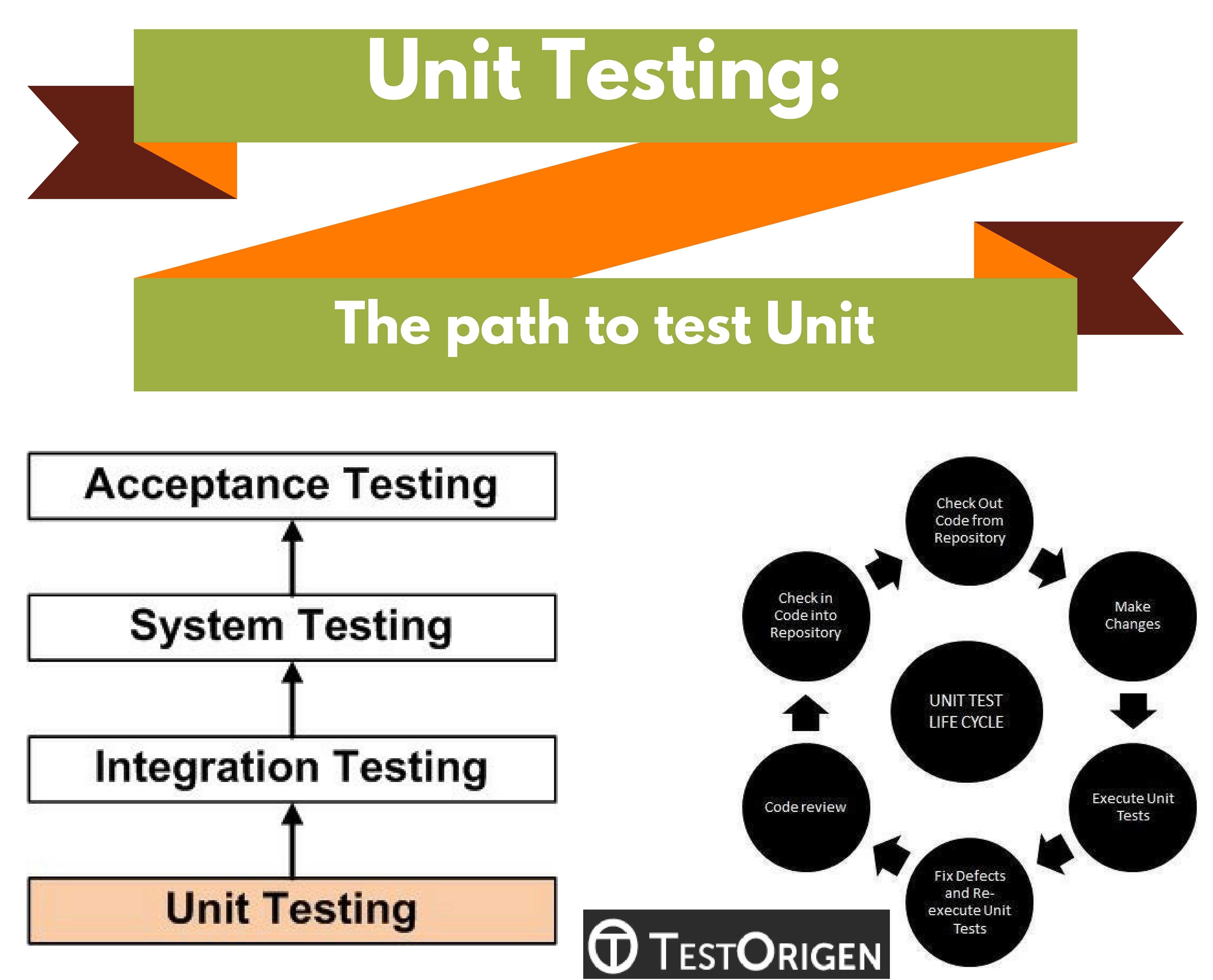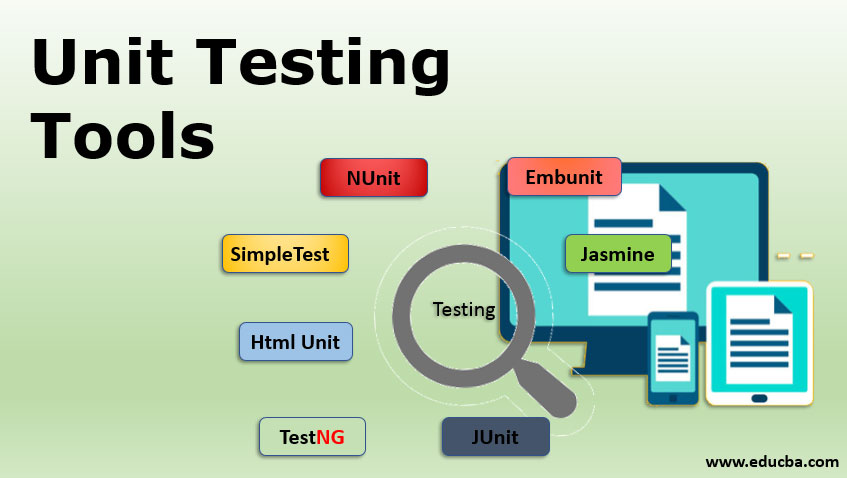

#Iunit testing code
Writing unit tests after you have written the production code may be a more traditional way of doing it, but it is no less useful. TDD isn't new, but at this point it is still mostly for the go getters. TDD requires a completely different mind set from what most people are used to and the tenacity to deal with a learning curve that may slow you down at first. The idea is simple, but like most simple things, the execution is hard.
#Iunit testing how to
The idea is that with a tiny bit of assurance from that initial test, the programmer can feel free to refactor and refactor some more to get the cleanest code they know how to write. Test Driven Development, or TDD, is a code design technique where the programmer writes a test before any production code, and then writes the code that will make that test pass. They can do lots of different things, they should probably only do a few. But, there are especially well suited to putting nails through hard surfaces. Hammers are great tools and can help you with lots of different jobs - opening car windows or turning off alarm clocks.

A few years ago I worked for a company where this crept into the test set, eventually we had thousands of tests, set up and tear down scrips for the database, and also a test suite that took hours to run. Strictly speaking, there isn't anything wrong with crossing systems, but there are consequences like gradually slowing your tests. Small tests also have the benefit of making it harder to cross systems - from code into a database, or 3rd party system. This example is overly simple, but it gives you an idea of what I mean by small. Using Ruby, those small tests might look something like this:Ĭlass smallTest < MiniTest::Unit::testCase There is also the practical aspect that when you test very small units, your tests can be run fast like a thousand tests in a second fast. Smaller tests give you a much more granular view of how your code is performing. What Do Unit Tests Look Like?Ī unit can be almost anything you want it to be - a line of code, a method, or a class.

Let's look at some more practical aspects of unit testing. Regardless of when and where unit testing began, one thing is for sure. As far as I knew, it was always done, as long as there were computers". I asked Jerry Weinberg about his experiences with unit testing - "We did unit testing in 1956.
#Iunit testing software
Look a little further and you will find SUnit, the mother of all unit testing frameworks created by Kent Beck, and a reference in chapter 5 of The Art of Software Testing. Modern versions of unit testing can be found in frameworks like JUnit, or testing tools like TestComplete. In his book "Working Effectively with Legacy Code", author Michael Feathers states that such tests are not unit tests when they rely on external systems: “If it talks to the database, it talks across the network, it touches the file system, it requires system configuration, or it can't be run at the same time as any other test." The isolated part of the definition is important. In most programming languages, that is a function, a subroutine, a method or property. A unit test is a way of testing a unit - the smallest piece of code that can be logically isolated in a system.


 0 kommentar(er)
0 kommentar(er)
